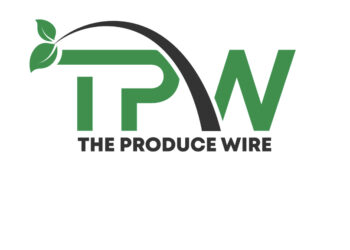Dina Ávila/Eater
For the highest holiday ROI, look for further than a handful of fresh herbs
A few sprigs of thyme and some orange wedges tucked around a duck. A smattering of scallion greens over noodles. A pinch of fat salt flakes or a dusting of lime zest on a pie. These finishing touches are easy to overlook on your way from the kitchen to a dinner party full of eager guests.
“Screw it,” you say to yourself. “No one will know.”
You’re absolutely right. No one will know the joy they could have had, the ways the flavors and aromas and textures of their meal might have leapt from the plate, the compliments they would have showered upon their thorough, diligent, perfectionist host.
The ROI on garnishes is massive. They’re one of the easiest ways to upgrade any dish, and yet they completely transform the experience. They add visual interest, perfume the air around every bite, provide textural contrast, and supply that wow factor (just ask a professional). A few herb sprigs or a single lemon cost less than a dollar in many stores and take less than a minute to prepare for a garnish.
After all the work you put into the inside of a dish, it’s ridiculous to ignore the exterior. The top and edges are your food’s first impression with a guest, setting the tone for the rest of the meal. This applies to edible and inedible ingredients, and it works on appetizers, mains, desserts, and even drinks. (Think that sprig of rosemary resting in your glass is optional? Think again.) While some recipes do call for complex finishing touches requiring several additional steps, most simple embellishments can be applied with little to no effort.
The word “optional” was the worst thing to happen to garnishes. Recipe authors tack on the word as a parenthetical when listing ingredients in a feeble attempt to reduce the workload for home cooks and bakers. Sometimes the word’s evil twin, “if using,” shows up in the instructions, or maybe the author tries to soften the blow, adding “optional, but highly encouraged” as a cowardly half measure. Really, all of this qualifying language just ensures that half the people reading will skip right over the “optional” ingredient and miss out on one of the most critical aspects of a recipe in the process.
It’s entirely reasonable to forget a garnish, especially if you’re moving between the table and the kitchen throughout a meal, caught up in dinner conversation while trying to remember what comes next in a recipe. Eater writer Bettina Makalintal suggests prepping items like herbs and zest in deli containers and setting them out as part of your mise en place so you don’t forget to apply them as a final step.
Your guests will have no problem remembering the garnish that made your centerpiece main course look like a still life.
“This is beautiful,” they’ll say. “It’s really the garnish that makes it pop.”
Dina Ávila is a photographer in Portland, Oregon.
Photo assistant: Eric Fortier














